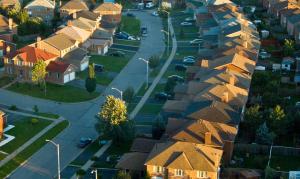A readily available option for storage may be coordinating existing devices that have untapped storage capacity
Keith Dennis is Senior Principal of End-Use Solutions and Standards at the National Rural Electric Cooperative Association (NRECA). He has previously worked at the Department of Energy and White House Council on Environmental Quality, and in the private sector as a third-party verifier of energy projects. At NRECA he addresses key energy efficiency issues in industry forums and political arenas on behalf of NRECA’s 900 national electric co-op members and their 42 million customers.
For years energy analysts and observers have treated wide-scale energy storage as the "Holy Grail" that would enable the integration of renewable resources, such as wind and solar, while keeping energy costs low. Despite continued optimism that distributed storage will soon become a reality, it has yet to happen, leaving the industry with an unfulfilled need. As the development of renewable resources accelerates and integration challenges increase, utilities need a practical path to distributed storage today. How do we get from where we are today to a future where the value of storage is more fully realized?

Enter "Community Storage." Like community solar, community storage is a utility-sponsored program that enables consumers and utilities to share the system-wide benefits of energy storage - environmental benefits, lower costs and grid optimization - in communities large and small across the country. Such programs maximize the value of distributed energy resources (DER), many of which are already available to participate in energy storage programs through simple retrofits and program design.

